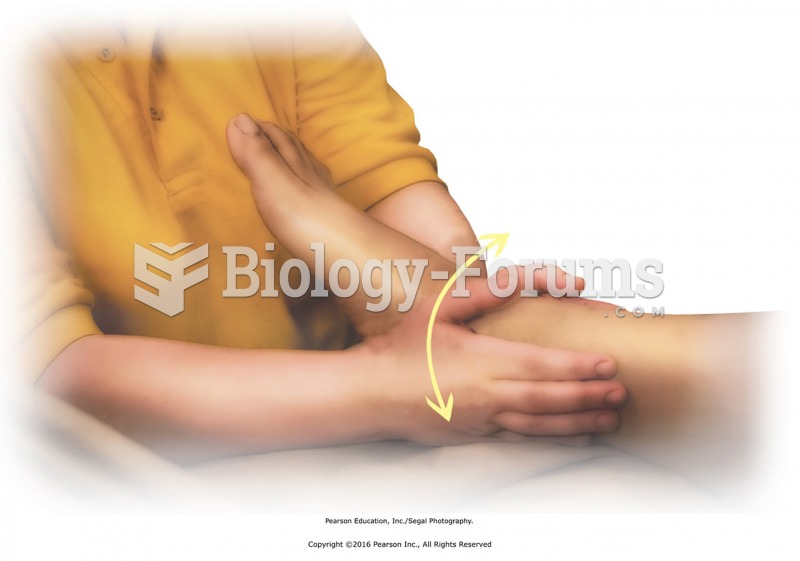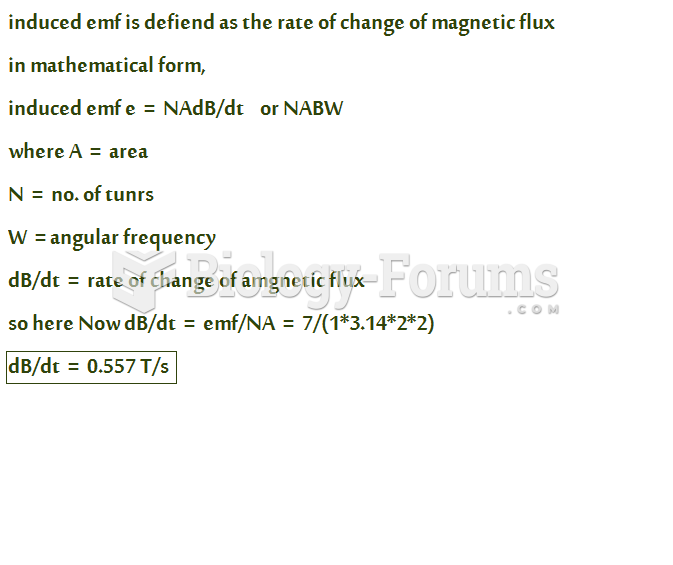|
|
|
Coca-Cola originally used coca leaves and caffeine from the African kola nut. It was advertised as a therapeutic agent and "pickerupper." Eventually, its formulation was changed, and the coca leaves were removed because of the effects of regulation on cocaine-related products.
Elderly adults are at greatest risk of stroke and myocardial infarction and have the most to gain from prophylaxis. Patients ages 60 to 80 years with blood pressures above 160/90 mm Hg should benefit from antihypertensive treatment.
The FDA recognizes 118 routes of administration.
Warfarin was developed as a consequence of the study of a strange bleeding disorder that suddenly occurred in cattle on the northern prairies of the United States in the early 1900s.
The cure for trichomoniasis is easy as long as the patient does not drink alcoholic beverages for 24 hours. Just a single dose of medication is needed to rid the body of the disease. However, without proper precautions, an individual may contract the disease repeatedly. In fact, most people develop trichomoniasis again within three months of their last treatment.
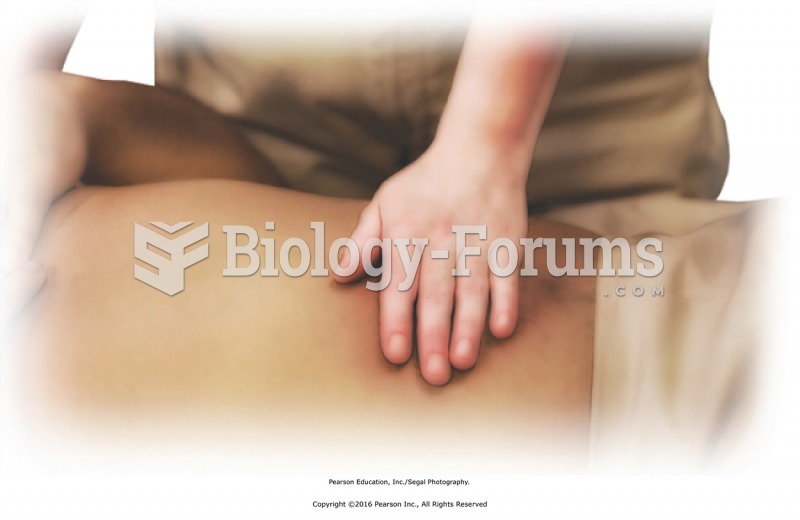 Passive touch in center of abdomen as finishing technique. Place a hand gently in the center of the ...
Passive touch in center of abdomen as finishing technique. Place a hand gently in the center of the ...
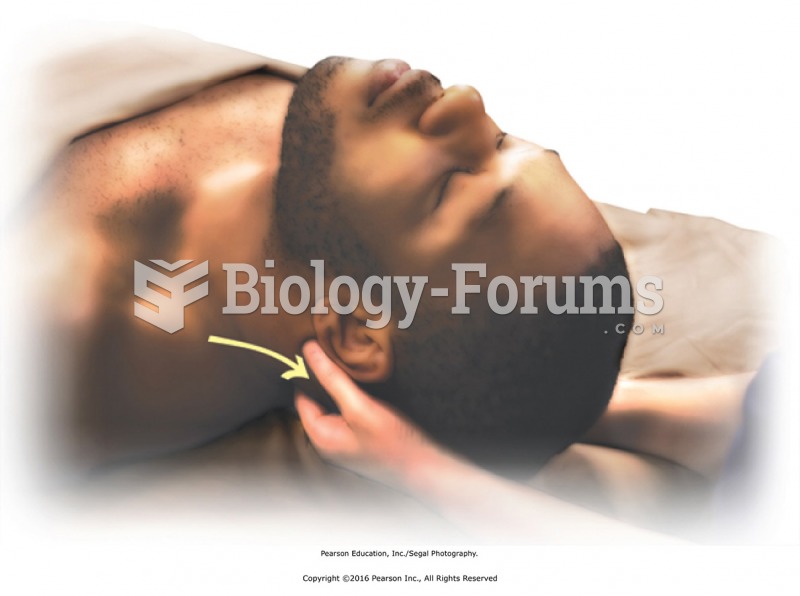 Wavelike neck mobilization. Place the hands palms up at the base of the neck, one on either side of ...
Wavelike neck mobilization. Place the hands palms up at the base of the neck, one on either side of ...
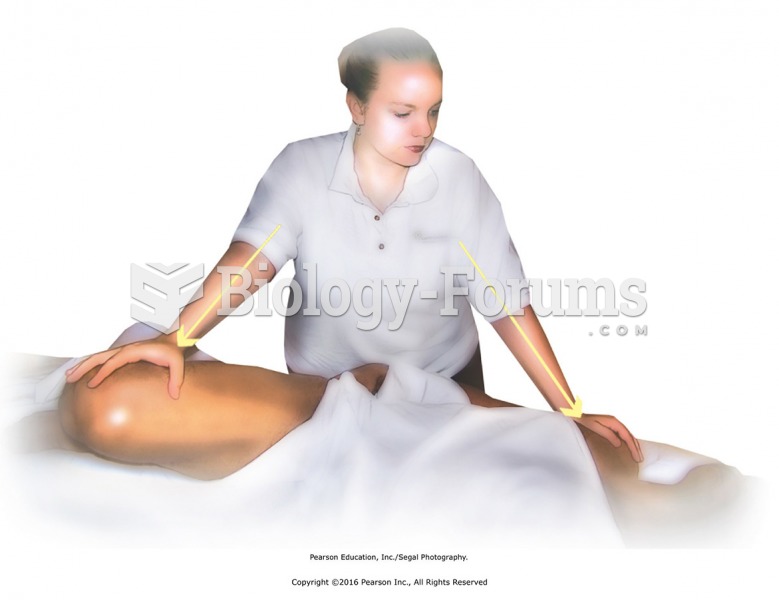 Stretch the hip in lateral flexion. Bring the knee toward the chest. Place one hand on the shoulder ...
Stretch the hip in lateral flexion. Bring the knee toward the chest. Place one hand on the shoulder ...


